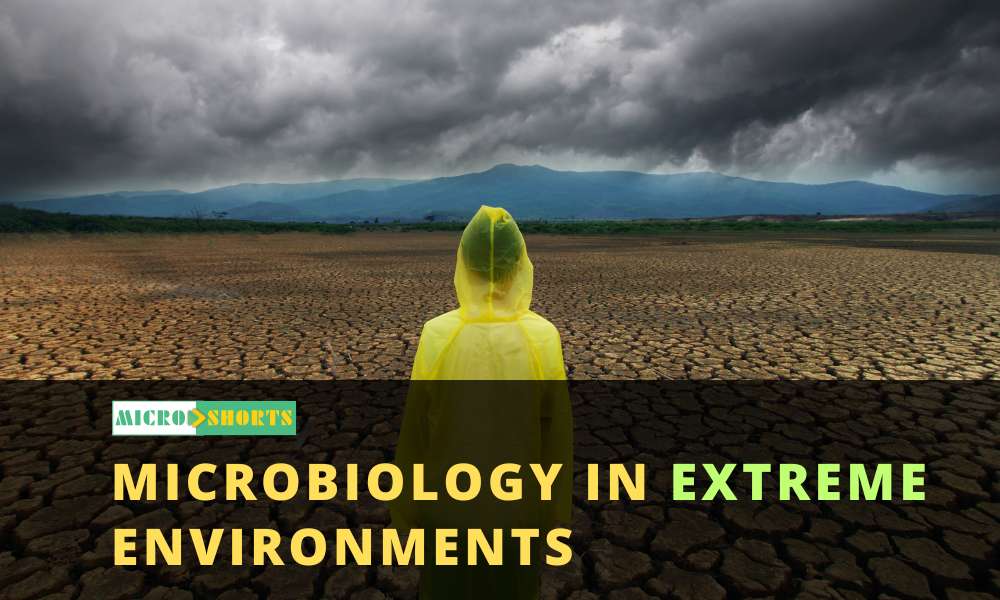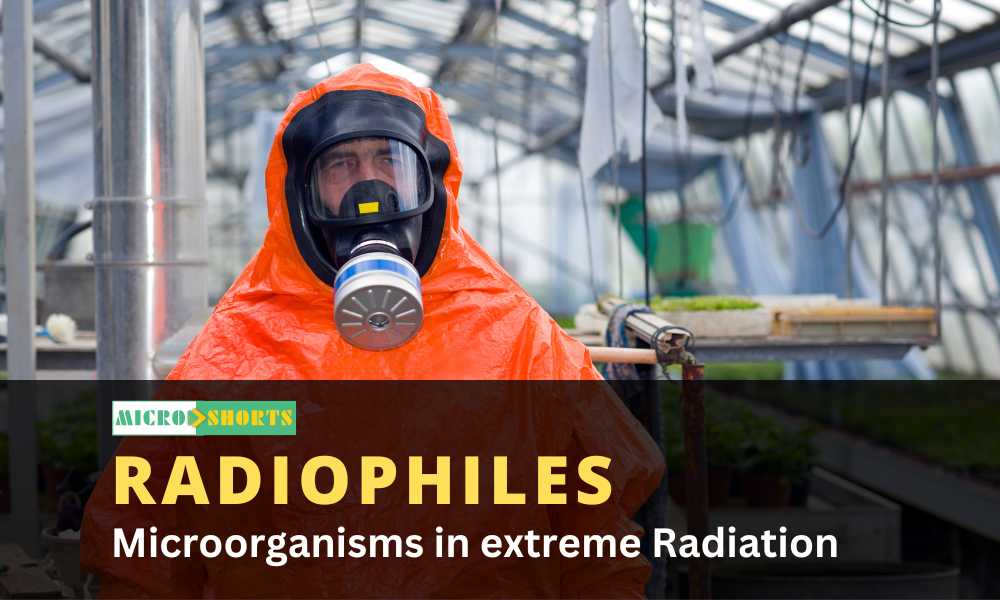An extreme environment is a habitat characterized by harsh environmental conditions further than the optimal range for the development of humans or other living organisms.
Extreme environments are characterized by various
unfavorable conditions including, high or low temperature, high or low
pressure, and acidic or basic pH.
For an area to be considered extreme, certain conditions or
aspects of the environment must be considered very hard for different forms of
life to survive.
Examples of some extreme environments include the polar
region, deserts, volcanic regions, deep ocean trenches, outer space, and every
other planet of the Solar System except the Earth.
Some of the common extreme environments include areas that
are alkaline, acidic, extremely hot or cold, high salt concentration, without
water or oxygen.
Extreme environments are classified into the following
groups based on the extreme physicochemical conditions:
Extreme temperature: Two types of extreme
environments can be described; cold and hot.
- Extremely
cold environments are those with environmental temperatures below 5°C.
These can be found in deep ocean niches, at the peaks of high mountains,
or the Polar Regions.
- Extremely
hot environments are characterized by environmental temperatures higher
than 45°C. These environments are influenced by geothermal activity as
geysers and fumaroles of continental volcanic areas or deep-sea vents.
Extreme pH: Extreme environments can also be
classified as acidic or alkaline according to their pH.
- Extreme
acidic environments are natural habitats in which the pH is below 5.
- Extreme
alkaline environments are those with a pH above 9.
Extreme ionic strength:
- Hypersaline
environments are environments with an ionic concentration higher than of
seawater (greater than 3.5%).
Extreme pressure:
- Extreme
pressure environments are those environments under extreme hydrostatic or
litho pressure, such as aquatic habitats at depths of 2,000 m or more or
deep-subsurface ecosystems.
High-radiation environments are those areas that
are exposed to abnormally high radiation doses, including ultraviolet or gamma
radiation, like deserts and the top of high mountains.
Xeric environments are arid habitats with
limited water activity. Cold and hot deserts are some examples of these extreme
environments.
What are extremophiles?
- Extremophiles
are living organisms with the ability to survive and thrive in extreme
environments as a result of different physiological and molecular
adaptations.
- These
organisms thrive in extreme niches, ice, and salt solutions, as well as
acid and alkaline conditions.
- Some
might grow in toxic waste, organic solvents, heavy metals, or in several
other habitats that are considered inhospitable for life.
- Most
extremophiles are prokaryotic organisms with few eukaryotes. These
extremophiles are defined by the environmental conditions in which they
can survive and thrive optimally.
- Extremophiles
can be divided into two categories: extremophilic organisms that require
one or more extreme conditions to survive, and extremotolerant organisms
that can tolerate extreme conditions of one or more physical parameters
even though they grow optimally at neutral conditions.
- Extremophiles
include members of all three domains of life; bacteria, archaea, and
eukarya.
- Most
extremophiles are prokaryotes with a high proportion of belonging to
archaea, but some organisms might be eukaryotes such as protists (e.g.,
algae, fungi, and protozoa) and multicellular organisms.
- These
are classified according to the conditions in which they grow:
thermophiles and hyperthermophiles (organisms growing at high or very high
temperatures, respectively), psychrophiles (organisms that grow at low
temperatures), acidophiles and alkaliphiles (organisms thriving in
habitats with acidic or basic pH values, respectively), barophiles
(organisms that grow best under pressure), and halophiles (organisms that
grow well in an environment with NaCl).
Characteristics of extremophiles
- Extremophiles
are characterized by the ability to thrive in extreme environments which
results from different forms of physiological and molecular adaptations.
- Extremophiles
are mostly prokaryotes with the nuclear material in the cytoplasm and
unicellular eukaryotes.
- Archea
is an important group of organisms that tend to be extremophiles due to
their ability to adapt to different extreme conditions.
- These
organisms present a wide and versatile metabolic diversity, along with
extraordinary physiological capacities to inhabit extreme environments.
- These forms of adaptations are developed through various evolutionary processes over a long period of time.
Applications of Extremophiles
- Exremophilic
enzymes have been model systems to study enzyme evolution, enzyme
stability, activity, mechanism, protein structure, function, and
biocatalyst under extreme conditions.
- Thermophiles
have yielded stable α-amylase for starch hydrolysis, oxylonases for paper
bleaching, and proteases for brewing and for detergent purposes.
- Alkaline
active proteases, amylases, cellulases, mannanases, lipases, etc. are used
in the formulation of heavy-duty laundry and dishwashing detergents as
they are efficient in removing stains and allow effective low-temperature
(30–40°C) washing.
- Some
species of acidophilic microorganisms can be used not only to reduce mine
water pollution but also to recover metals from acidic wastewater via
selective biomineralization.
- Extroenzymes
like Taq polymerase from Thermus aquaticus is an ideal
for use in a polymerase chain reaction as it reduces the need for adding
extra polymerase during the reaction.
- Cellulose
for various extremophilic organisms has been used for the treatment of
juices, color brightening in detergents, and treating cellulose-containing
biomass and crops to improve their digestibility and nutritional quality.
- Similarly,
halophiles are being exploited as a potential source of carotene,
compatible solutes, glycerols, and surfactants for pharmaceutical use.
- Some
extremophilic microorganisms may also comprise a large reservoir of novel
therapeutic agents—for example, iron-binding antifungal compound,
pyochelin isolated from halophilic species of Pseudomonas.
- A
thermostable glucokinase from the thermophilic species, Bacillus stereothermphiolus,
can be used as a glucose sensor for quick glucose assay.
- Alkaline
active enzymes have got several notable applications in textile and fiber
processing in processes like cotton scoring and blast fiber degumming.
- Alkaliphiles
and their enzymes have been tried in various synthesis reactions with
peptide synthesis being the most important one.
- Information
on the microbial composition and biogeochemical cycling of extreme
ecosystems also helps in understanding the global change, threats, and
opportunities for living beings.
- Enzymes
from extremophiles can also be used in bioremediation processes like
toxifying wastewater and air and removing metallic waste from sewages and
industries.
- Different barophilic enzymes are used for the production and sterilization of items at varied pressure conditions.









Comments